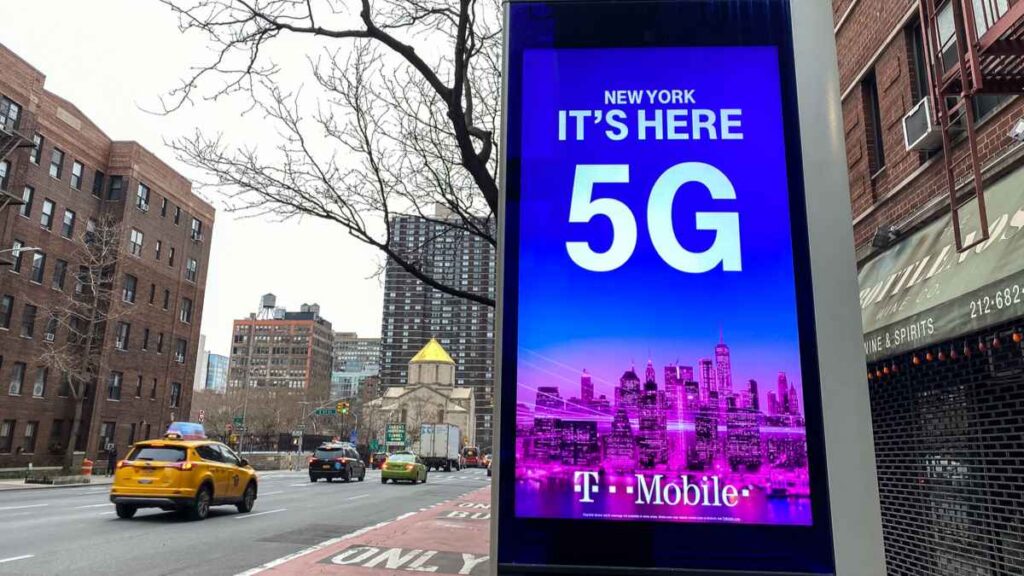AT&T 5G Plus Plan mirrors T-Mobile’s coverage trails

AT&T announced on Tuesday the initiation of its plan to deploy the fifth generation of network with C-band spectrum, a factor that will reinforce the carrier’s total 5G coverage.
Currently, the operator is offering two categorizations of the fifth generation: 5G Plus over high-band mmWave spectrum and regular 5G – which resembles 4G LTE.
“AT&T currently offers two types of 5G: the ultra-responsive, ultra-fast 5G+ over high band mmWave spectrum, which is live in parts of 39 cities and more than 20 venues and entertainment districts, and the more widespread, 5G over the low band Sub-6Ghz,” the operator disclosed in its blog post.
“Back in February, we acquired 80 MHz of C-Band spectrum from the Federal Communications Commission, which is mid-band and sits between mmWave and Sub-6GHz at between 3.7 and 4GHz. This can help our 5G network to get closer to its full potential and deliver the faster and increased connectivity that customers need,” the post added.
In concept, the C-band spectrum will deliver AT&T with the necessary means to develop a slower but more sustainable genre of 5G network. This will heighten the service provider’s coverage while assisting in augmenting the average speed across the board.
The telco’s recently revealed layout could potentially shift the dynamic between U.S.-based carriers, specifically with T-Mobile U.S.

Until now, T-Mobile was the sole carrier to deliver all three genres of 5G, incorporating a slower-speed sub-6GHz 5G, implemented to enhance range, while mid-band and mmWave spectrums assist in supplying the necessary network speed.
The Bellevue-based telco emphasized its mid-band coverage for years. In contrast, AT&T and Verizon highlighted their course of action on creating mmWave. An approach that could have been quite troubling for both companies.
The switch in tactics, mainly driven by the race to deploy 5G network in the country, forged both companies’ focus on the C-band spectrum. AT&T directed its vision towards the spectrum while Verizon channeled its attention to a specific tier of users to access its C-band and mmWave range by paying a monthly subscription.
As for AT&T, the telecoms company disclosed that the initiation of its C-band spectrum in the upcoming months and its U.S. rollout will cover around 70 to 75 million users by the end of 2022.
It is worth mentioning the mobile operator is also aiming to cover around 200 million subscribers by the end of 2023.
In T-Mobile’s case, the provider has already surpassed its competitors’ plans by succeeding in rolling out its C-band spectrum to almost 125 million users last June. In parallel, it disclosed that by 2023, it will have the absolute capacity to overspread its network to cover 300 million users.
AT&T’s 5G declaration explicitly elaborates how its operations will incorporate both mmWave and C-band spectrum under one umbrella, 5G Plus, without delivering any means to distinguish between both bands.
